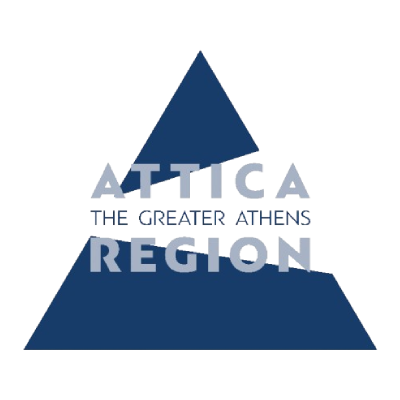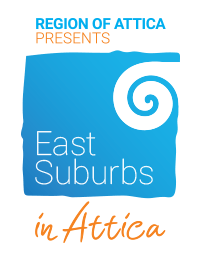Lavrio – Industrial and contemporary
Lavrio witnessed its own industrial revolution thousands of years ago, when it became the largest mining centre of the ancient world. People unearthed over the centuries its most precious natural treasures such as silver and other metals. The underground mining shafts of Lavrio and the silver that was extracted helped make ancient Athens a strong city-state and Lavrio a prosperous, wealthy community.
Testament to this wealth are the ancient theatre and other archaeological monuments located in the region of Thorikos. In the 19th century, the country’s first and largest industrial town would be located here, making Lavrio’s small seaside town a world-famous mining centre once again. Vestiges of Lavrio’s development include the neoclassical houses of wealthy residents and the apartment complexes that were occupied by poor labourers. Modern-day Lavrio got rid of its smokestacks to unveil a fresh contemporary seaside town boasting a buzzing seafront, port and marina, with traditional cafes and fish taverns.
Some industrial spaces have been restored, renovated and transformed into museums and cultural spaces such as the Technological Cultural Park and the Mineralogical Museum. All this makes Lavrio an impressive mosaic of history, culture and entertainment not to be missed.
To the eastern side of Attica in Greece, behind the mountain ranges of Hymettus and Penteli, you can visit the historic area of Marathon, the archaeological site of Artemis in Vravron, and the port of Lavrion with its historical fish market and the small ouzo taverns. Spata International Airport and many great beaches can also be found in the eastern parts of Attica.
Cape Sounion is situated on the south-eastern side of Attica. The Temple of Poseidon, ever watchful for invaders from the sea, adds to the beauty of this historical site. Stone, marble, earth, sea and sky are the very core of Attica’s history and also contribute to the quality of the world-famous wine, fish and cheese found here.
Cape Sounion – Poseidon’s ancient pillars on the Aegean
The wide open sea has been the inspiration of all that surrounds this breathtaking spot with the commanding Temple of Poseidon standing tall above the blue Aegean Sea. According to the myth, King Aegeus, son of Poseidon, stood at Cape Sounion anticipating the return of his son Theseus. When he saw a ship with black sails approaching, he thought that Theseus was dead; he fell into the sea with despair and died, hence the name “Aegean Sea”.
Today, 15 of the 45 Doric columns of the brilliant temple dedicated to the sea god Poseidon still stand. Below, the deep blue waters of the Aegean glisten as the light reflects onto the ancient marble pillars, sandy beaches and shell-studded rocks along the cape.
Throughout the year, and especially during the summer, visitors flock to Sounion and the Temple of Poseidon to watch one of the Mediterranean’s most romantic sunsets and the full moon rise over the cape.
Marathon – The universal symbol of human ideals
Marathon carries a weight of human and historic significance. Its timelessness is documented by events both ancient and modern, such as the ancient Battle of Marathon in 490 B.C. and the modern Authentic Athens Marathon Race. This agricultural town east of Athens is definitely worth a visit.
The Battle of Marathon, one of the most important battles in ancient Greece, is a major milestone in military history as the small Athenian army defeated the much greater forces of the invading Persians, thus changing the course of history. The Battle of Marathon and the subsequent run of the messenger, Pheidippides, heralding the victory of the Athenians, is what inspired what we now know to be the Marathon race covering the actual distance of 42 kilometres between Marathon and Athens.
Befitting its symbolic significance in the world of athletics, the starting point of the annual Athens Authentic Marathon is the actual battlefield with the tumulus dedicated to the 192 Athenian soldiers killed in the historic battle. About 5 km away, is the tomb of the allied Plataean warriors and the Archaeological Museum of Marathon.
The museum is small, but apart from finds from the nearby area, it houses exhibits from other periods and regions. Like many of Attica’s towns and points of interest, Marathon is an attractive destination in itself as the route passes through orchards, vineyards, olive groves and wild vegetation.
Take note of the artificial lake with its impressive marble-covered dam. The greater area features a variety of beaches, including the popular Schinias beach, located in an area of unique natural beauty that has been declared a National Park.
See more: https://athensattica.com/municipalities/
EASTERN SUBURBS MUNICIPALITIES
Voula, Vouliagmeni, Vari, Varkiza, Dionyssos, Koropi, Lavrio, Marathonas, Markopoulo, Peania, Pallini, Rafina, Pikermi, Spata, Artemida and Oropos.




